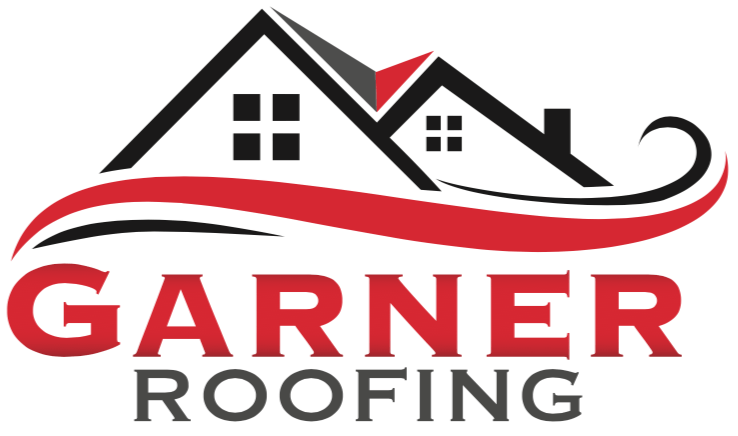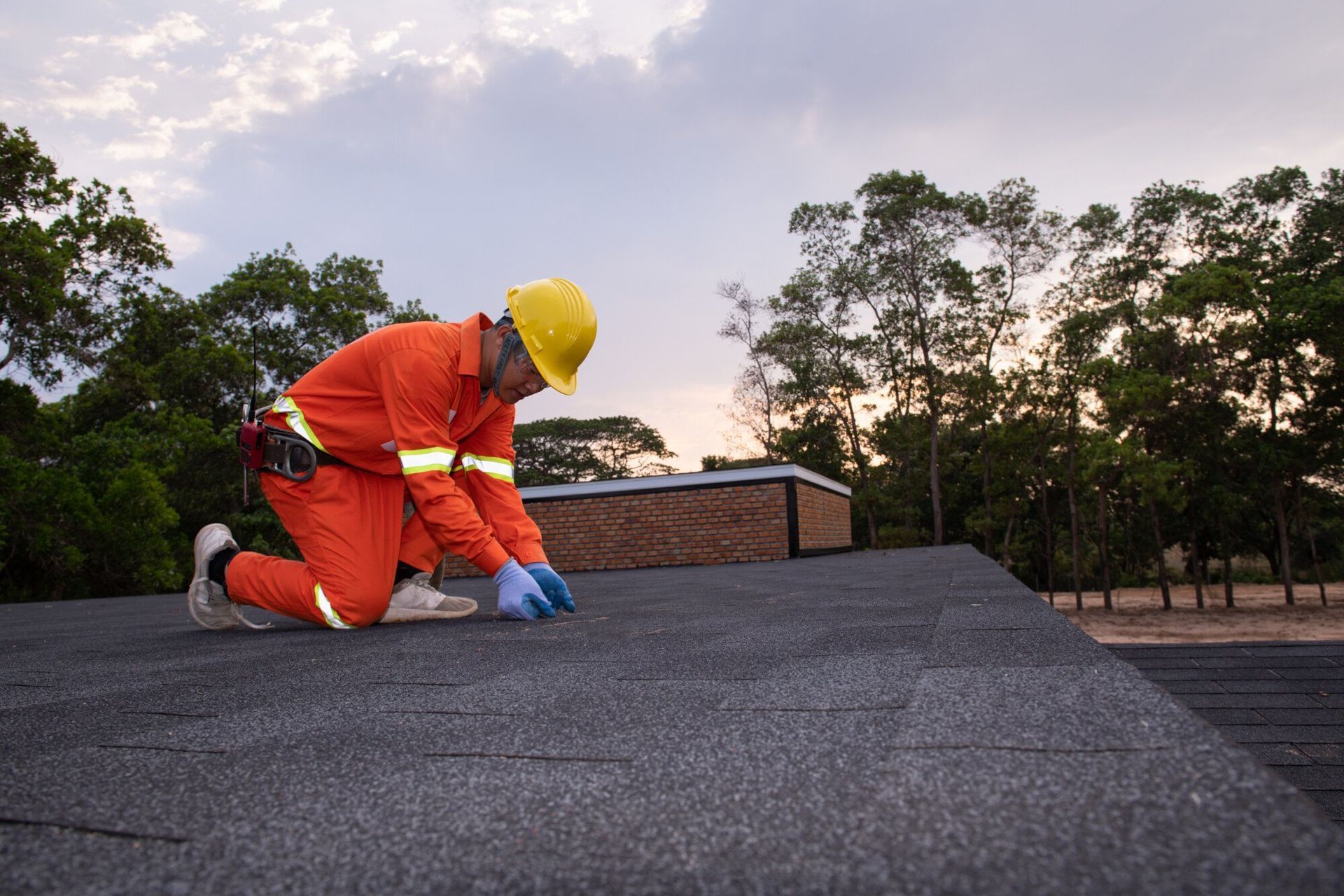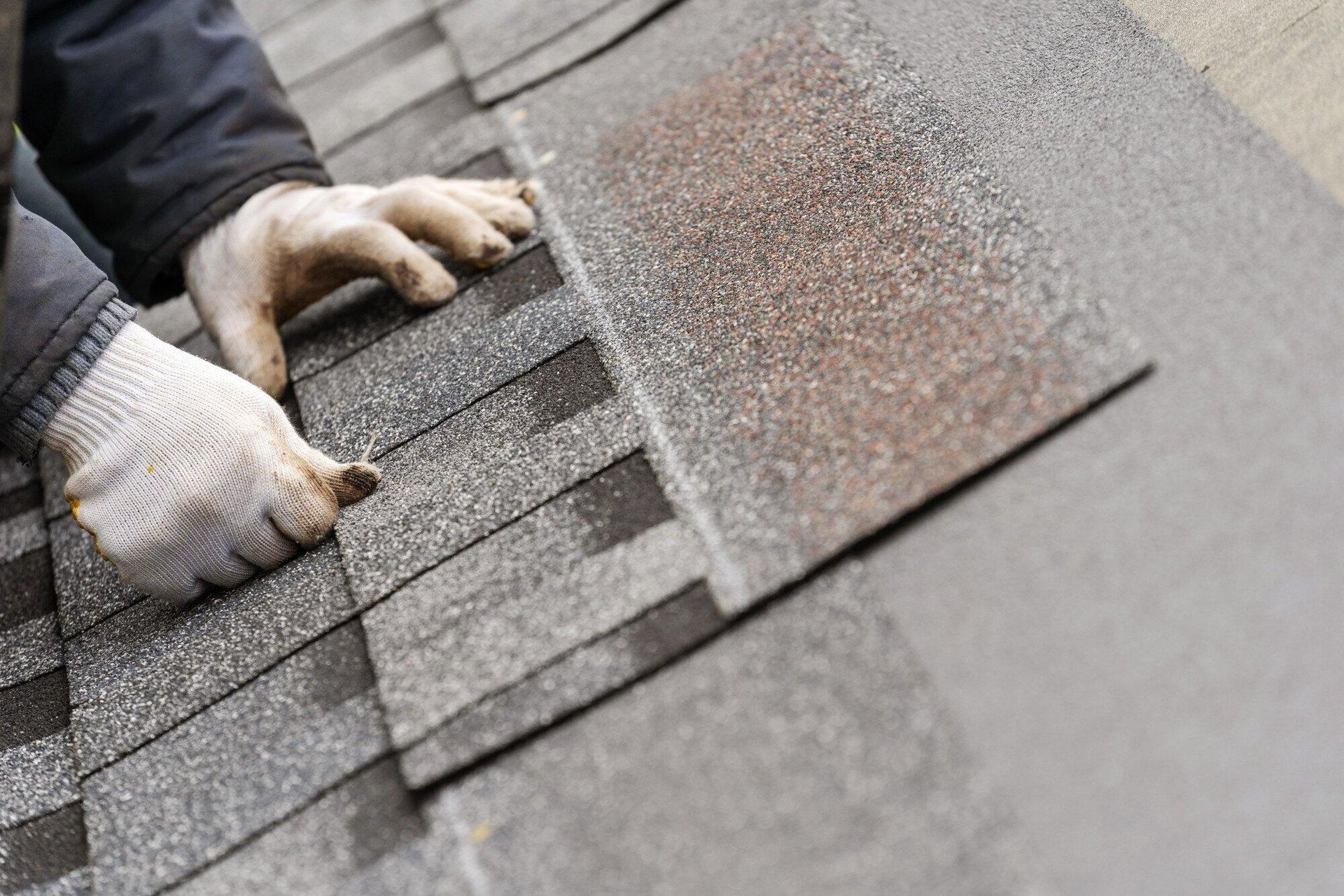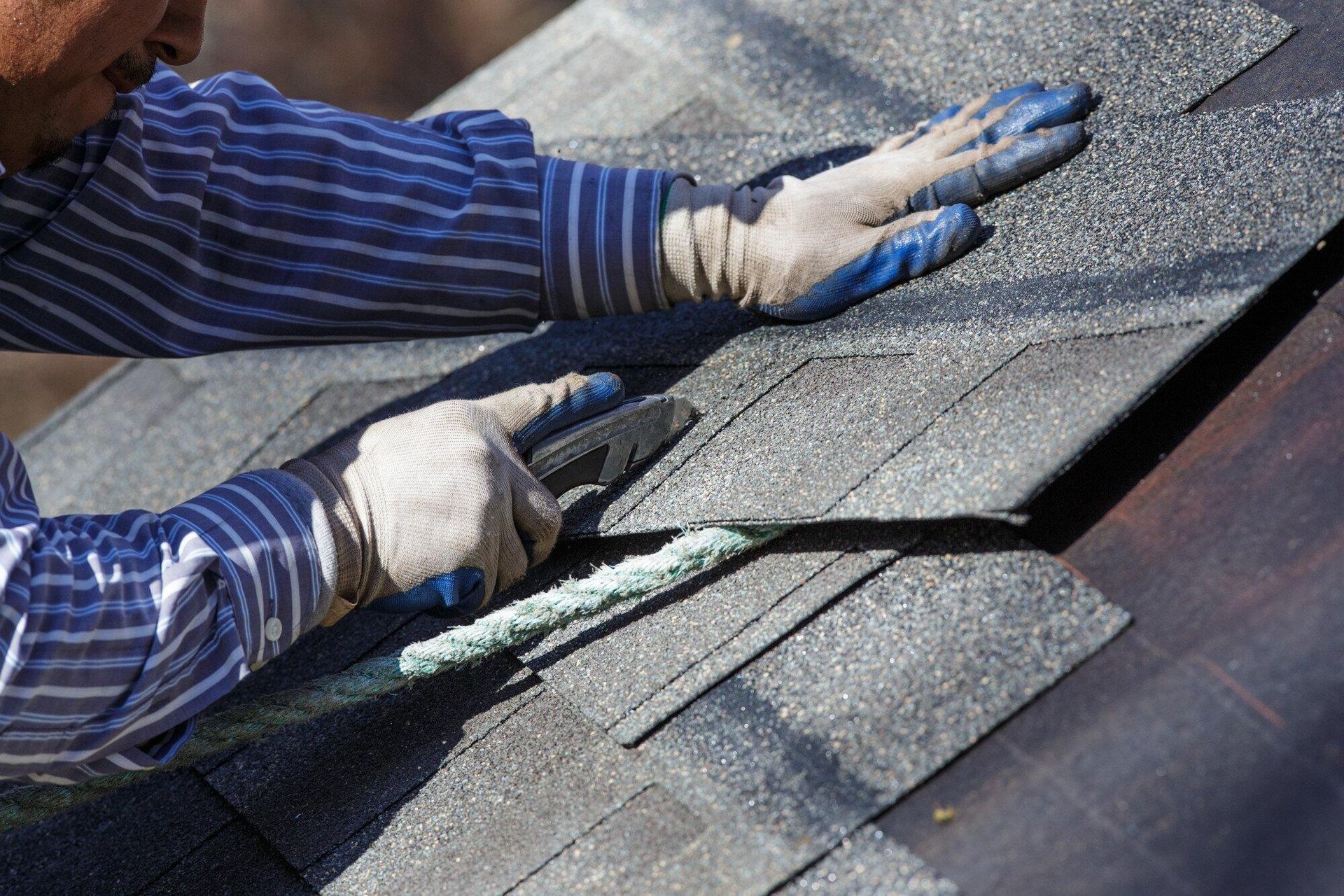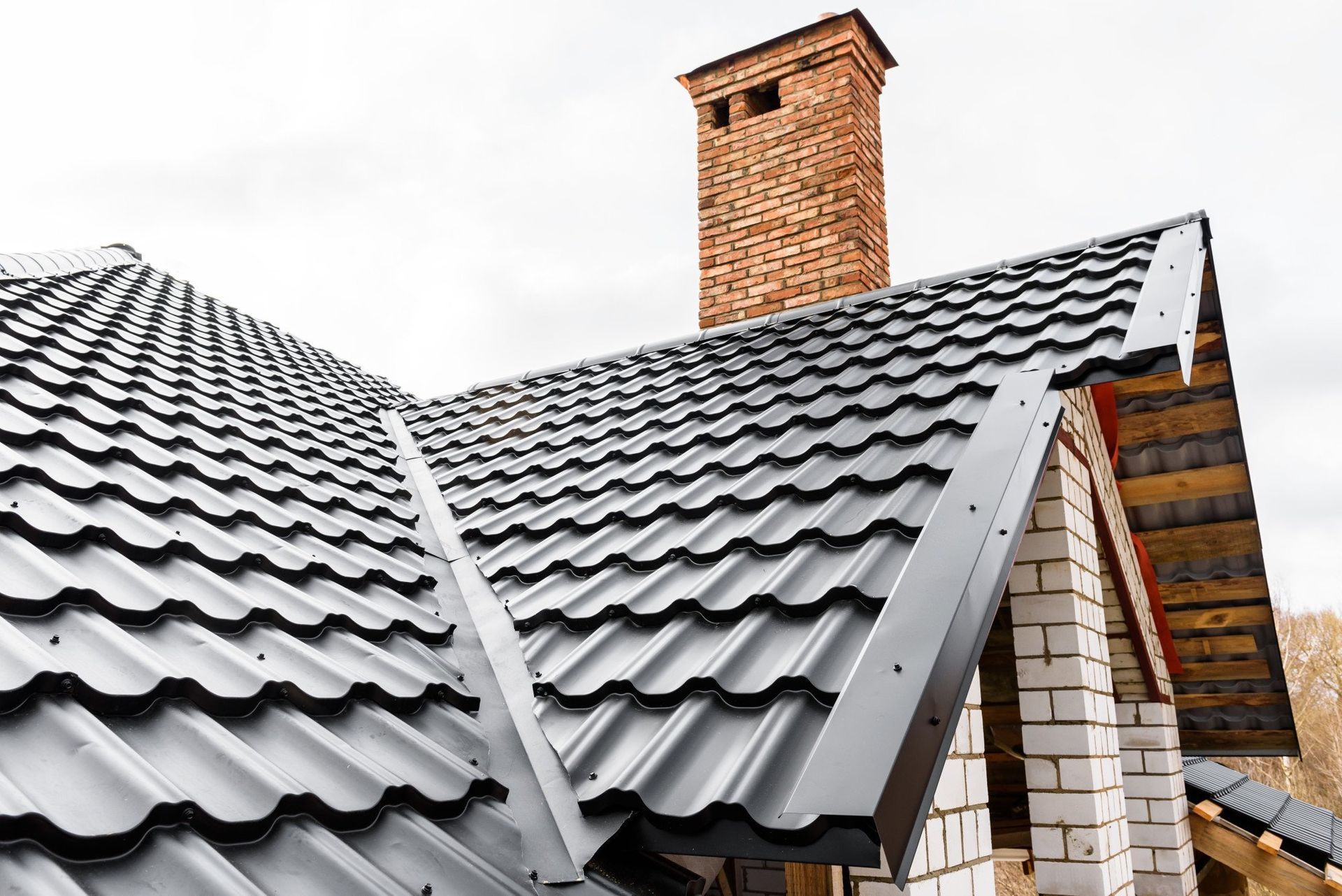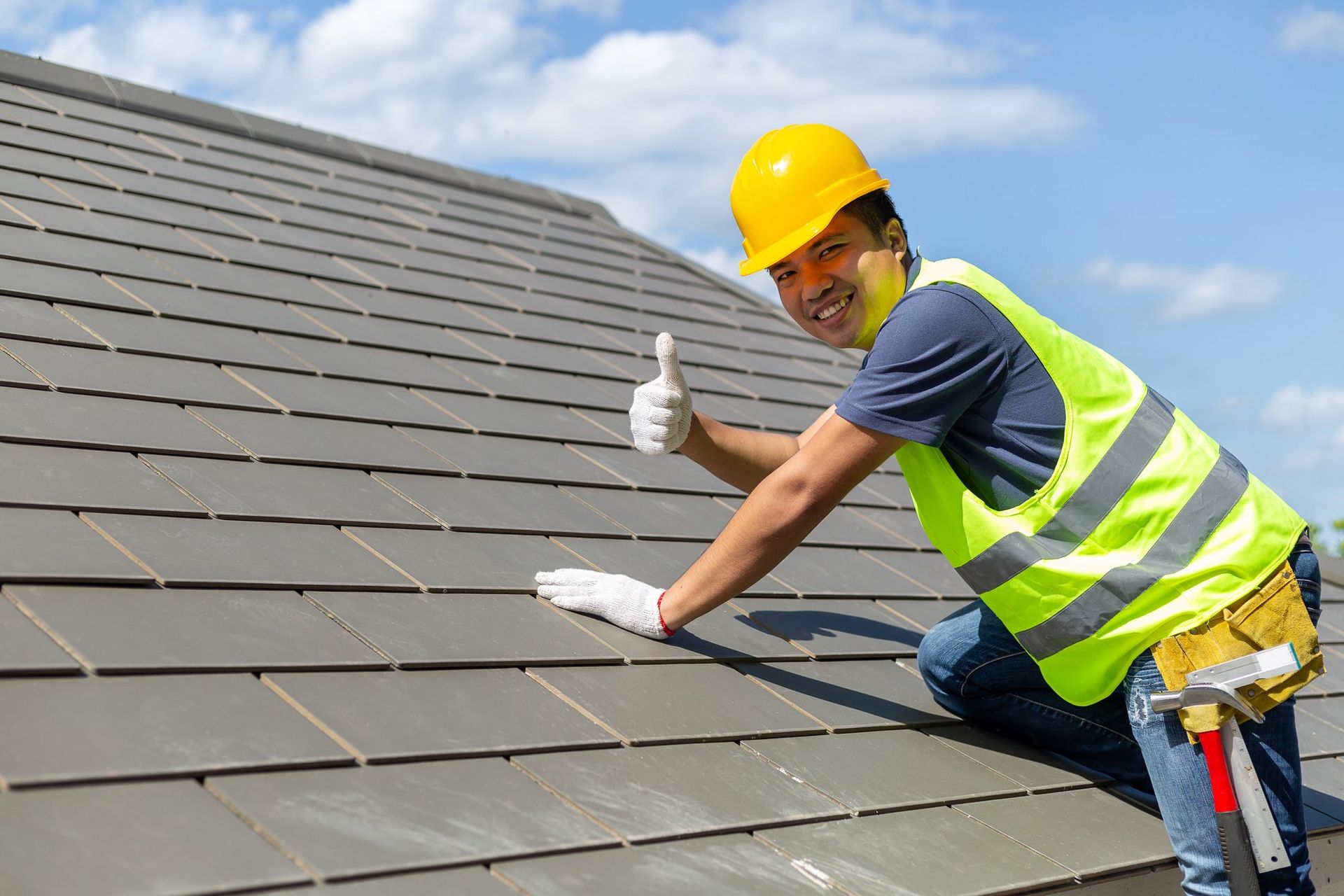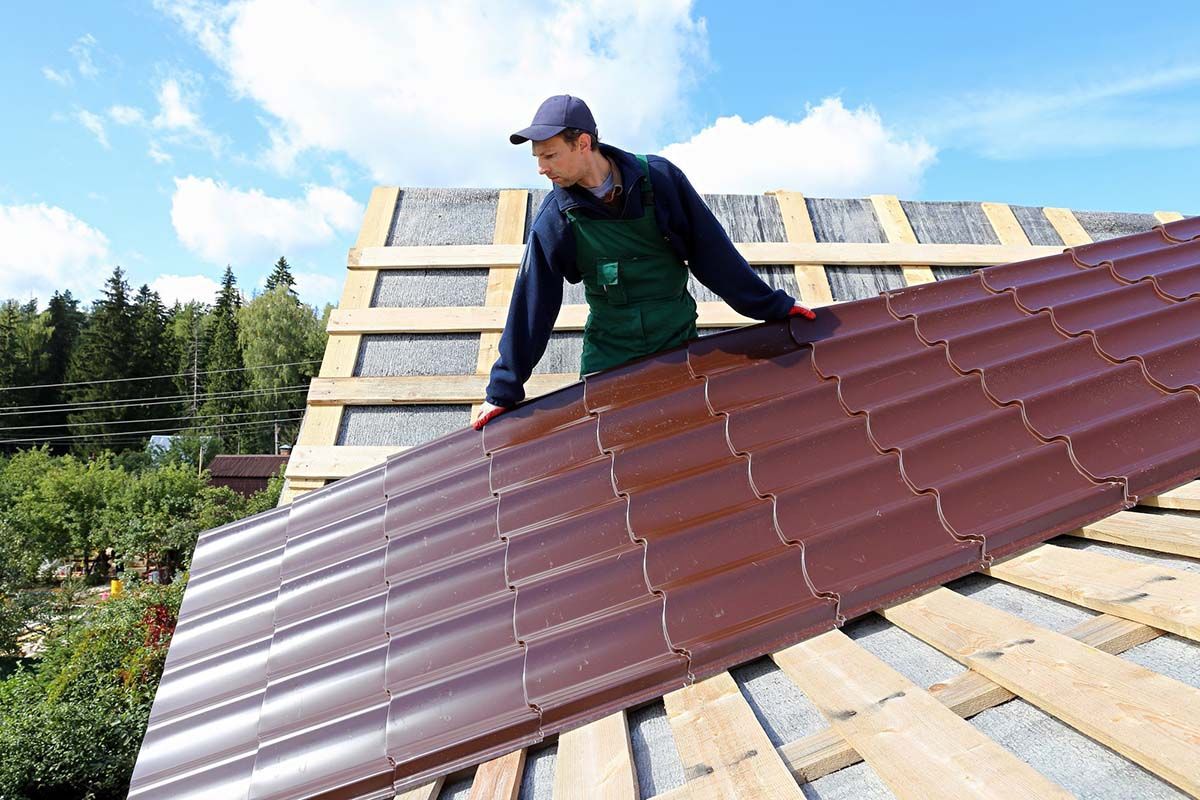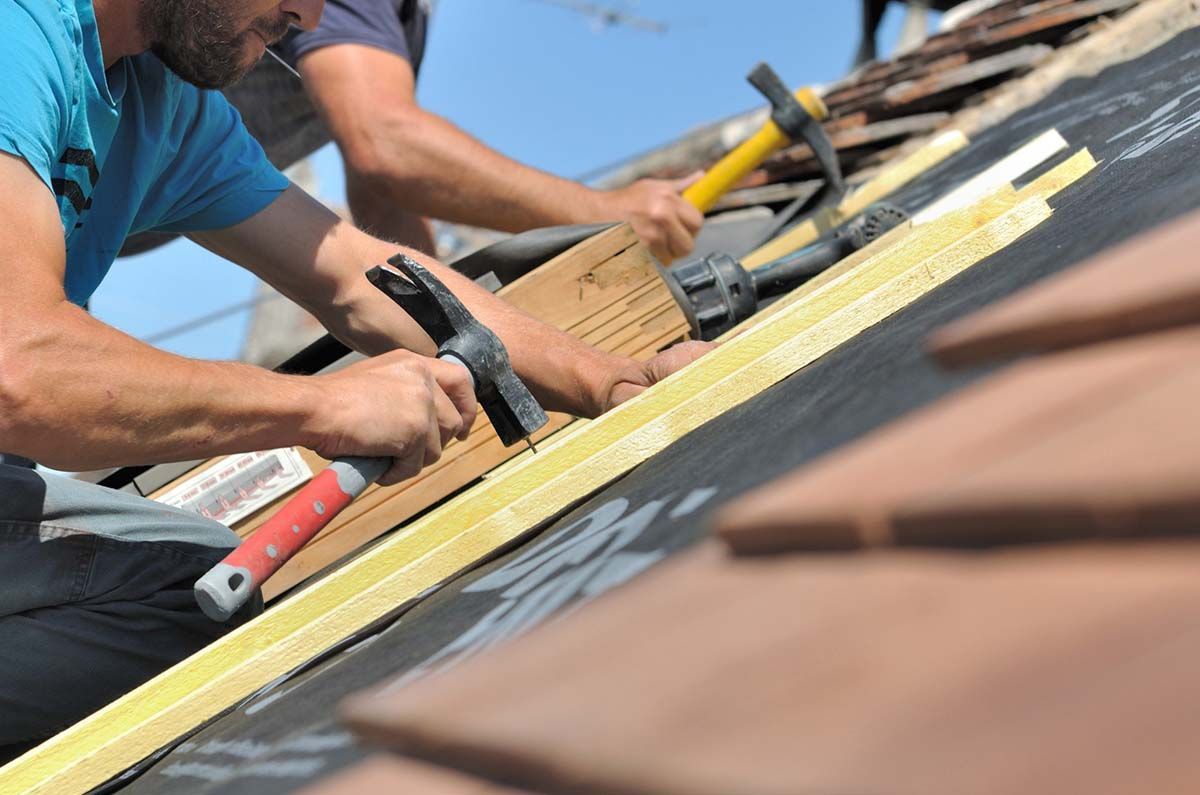Roof Maintenance Checklist for Sacramento Homeowners
Roof Maintenance Checklist for Sacramento Homeowners
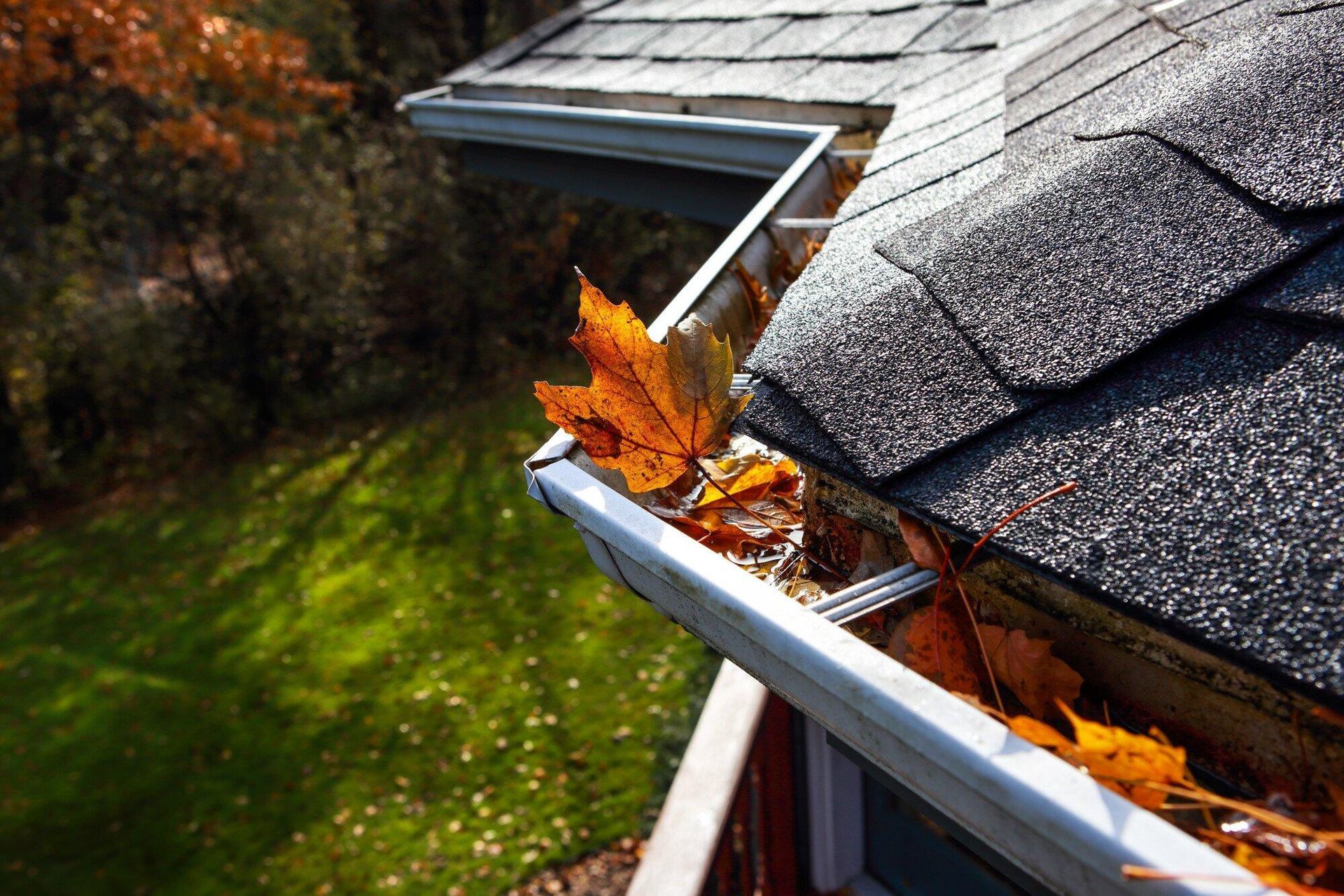
On average, you can expect to pay almost $10,000 to completely replace your roof. So if you think yours is fine just because it's not leaking water, then think again.
You may not have the time or energy to keep up with roof maintenance. But truth be told, carrying out various small tasks throughout the year is much cheaper and less of a hassle than having a premature replacement done.
Don't know where to start? We've got you covered. Check out this roof maintenance checklist for Sacramento homeowners you should use.
Inspect the Shingles Regularly
Your roof's shingles are the first line of defense against the elements, so they're not only there to look pretty. They all come together to make up a protective barrier for your home, meaning that if only one's damaged, it can cause issues.
On a regular basis, check for any signs of damage, such as cracks, curling, blistering, or even completely missing shingles. Make sure to inspect your shingles after bad weather, like strong storms. Pay special attention to areas where shingles meet flashing or vents.
If you find any damaged shingles, replace them as soon as you can to ensure your roof's integrity isn't compromised.
Clean Gutters and Downspouts
Clogged gutters can lead to water backup, which in turn, can damage your roof and siding. Your shingles can suffer as well, and the overflowing water can cause the gutters to collapse, making gutter maintenance of the utmost importance.
Every once in a while, clean the gutters out of leaves and other debris. Times to pay particular attention to are after heavy rains or during the fall when leaves are falling.
Keep in mind that there are two types of gutters: regular and seamless. If your current ones aren't working ideally, then it may be worth speaking to a roofing professional about switching.
Trim Overhanging Branches
You might love how your large trees are growing and providing both greenery and shade. However, letting them grow rampant isn't the best idea.
For one, their numerous long branches can cause serious injuries. You might collide with them, or they might fall due to high winds or death. They might also house unwanted pests and can cause damage to pipes, sidewalks, and your home's foundations, as well as its siding and shingles.
The best way to prevent all the above from happening is to trim the branches back. Some trees may need specialist care, so consider hiring a professional.
Check the Flashing
The flashing is a vital component of waterproofing your roof. It creates a watertight seal between roofing materials and the structures they meet, so if anything goes wrong, you'll know pretty quickly.
To ensure it's still doing its job, inspect the flashing around chimneys, skylights, and vents. Look for signs of damage or deterioration, and repair or replace as needed.
Check Your Attic
Check your attic for any signs of water leaks; there may be damage as well. Look for stains, which may appear on the ceiling or walls, and see if you smell anything musty or damp.
If you suspect you've got leaks, address them promptly. The leaks are only going to get worse, which means you'll have to spend more money and effort to get your house dry again.
In addition, make sure your attic is properly ventilated to prevent moisture buildup. Without good ventilation, mold growth can harm your roof deck and shingles.
Lastly, look for signs of pest infestation, such as nests or droppings. Not only pests make a home in your attic, but also on the roof. Again, to prevent bigger damage from happening, you'll want to get pest control services in to vacate these unwanted roommates.
Inspect the Skylights
If you have skylights in your home, then inspect the seals. You can include this step while performing flashing inspections around the house.
Do you see signs of wear or damage? Then take the necessary steps to get them properly sealed to prevent leaks.
Check for Moss or Algae Growth
Sacramento's climate can promote moss or algae growth on roofs. It might look cool, but in reality, it can put additional wear and tear on your roof.
It can be easy enough to clean moss and algae off on your own. Use a solution of water and bleach to do the job properly. Otherwise, hire a professional roof cleaner if you want a clean roof but aren't sure how to do it without damaging its components.
Consider Roof Coating
Depending on the material of your roof, applying a reflective roof coating (also known as sealant or membrane) can help extend its lifespan.
This coating can protect it from UV damage and reduce heat absorption. As a side benefit, it can reduce your utility bills, as you won't have to run the AC as often. This makes it a valuable investment if you want to save money in the long run.
Schedule Professional Inspections
At least once a year, hire a professional roofing contractor to inspect your roof. One of the numerous benefits of annual roof inspections is they can help you maintain a good homeowners insurance policy. Plus, they catch small issues before they cause you a real headache.
Roofing experts have experienced and trained eyes to identify problems early. Then, they'll recommend roof repair and maintenance to prevent costly damage.
Use This Roof Maintenance Checklist
With this solid roof maintenance checklist, you'll be able to keep your roof in fantastic shape. More importantly, you'll be able to catch any problems while they're small, which can be a huge relief.
Just make sure that you don't get complacent and stop maintaining your roof. All it takes is one instant for it to be compromised, so do your due diligence to protect your household from the elements. Save yourself both money and trouble, and extend the lifespan of your roof with regular maintenance.
Do you need a roof inspection in Sacramento? Then contact Garner Roofing today. We'll send a certified project manager who will oversee work daily.
Metal Roofing Sacramento CA: Inspecting, Buying, and Installing
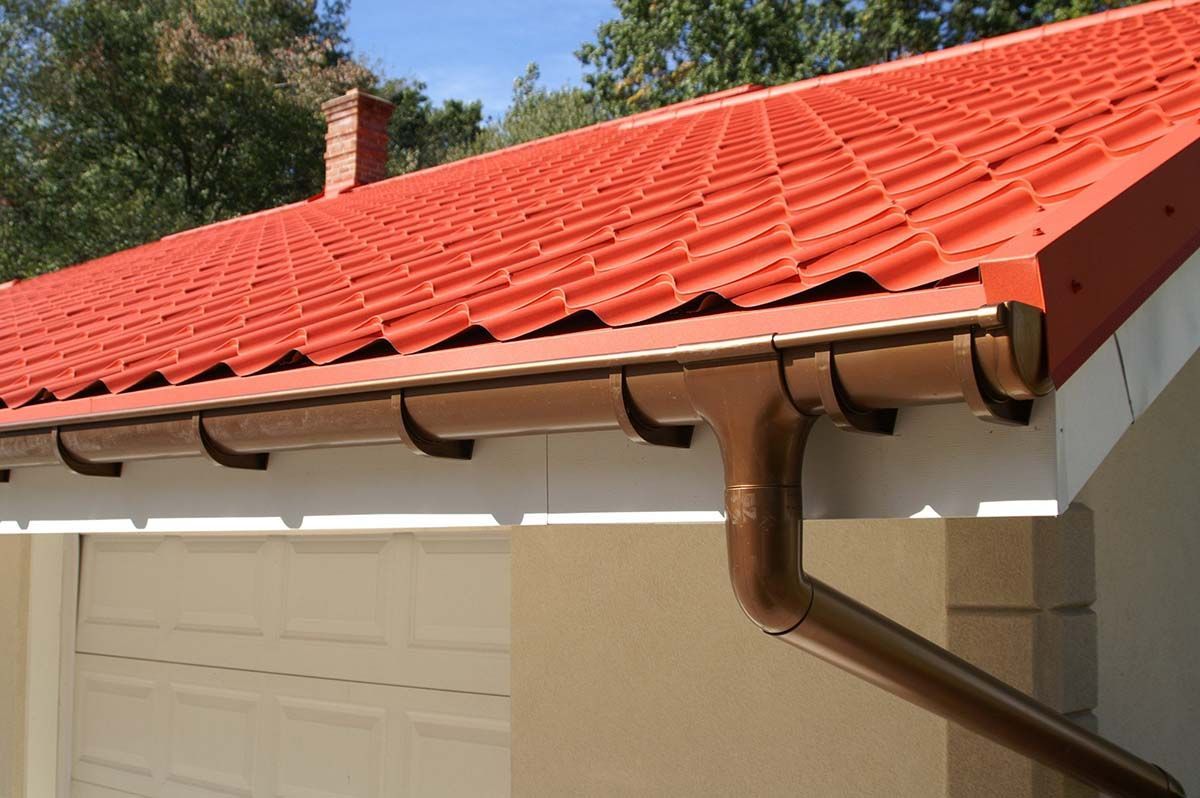
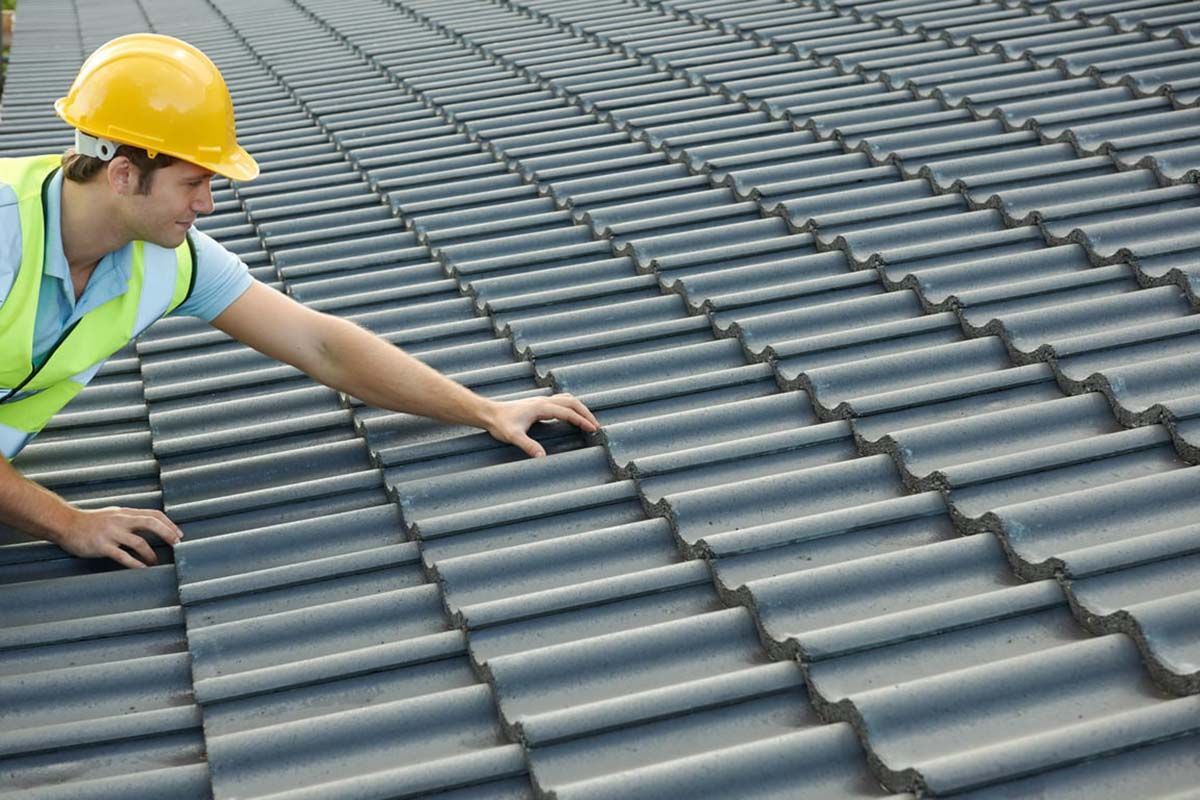
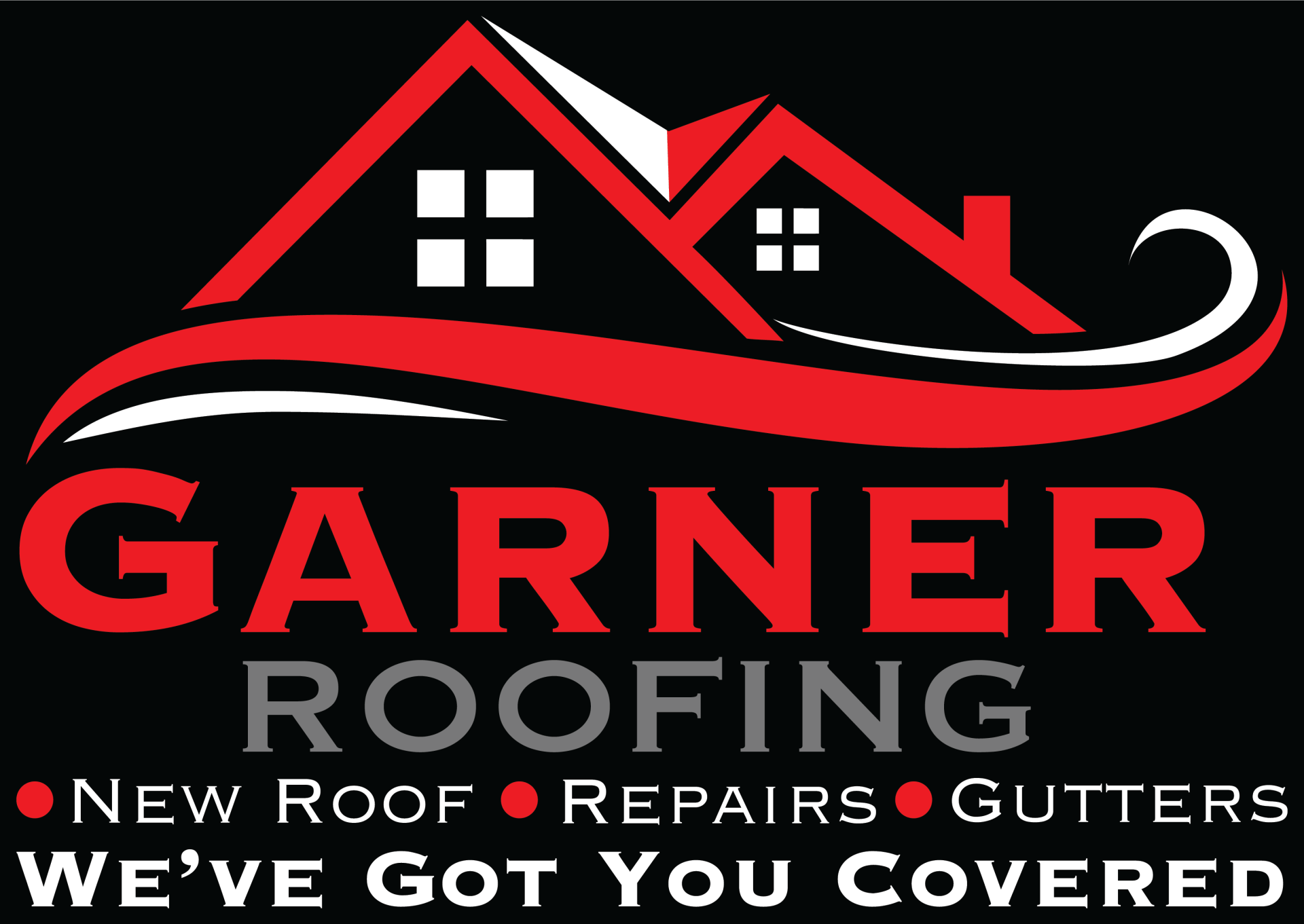
Hours:
Sunday - Closed
Monday - 8:00 am - 6:00 pm
Tuesday - 8:00 am - 6:00 pm
Wednesday - 8:00 am - 6:00 pm
Thursday - 8:00 am - 6:00 pm
Friday - 8:00 am - 6:00 pm
Saturday - 8:00 am - 4:00 pm
All Rights Reserved | Garner Roofing | Powered by Aletheia Digital
